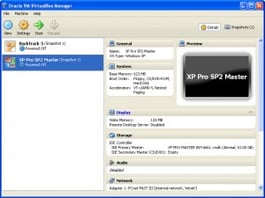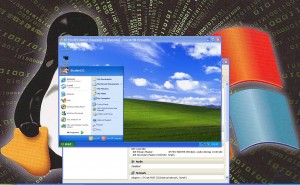This post is authored by Mark Weisner, Level II CCST, ISA Staff  .
.
In preparing for our updated suite of cybersecurity classes one idea that has come to the forefront is to set up virtual computers aka: appliance or machines. This would enable us to let our students experiment and not cause damage to the physical computer. I have spent many hours in the last 3 weeks testing this idea and I am happy to report it works and works well!
Virtual boxes allow you to run multiple operating systems. So even if your hardware will not allow you to run more than one of them at a time, the different systems you have to choose from is only limited by your storage capacity. They allow you to test drive a computer setup, try out new programs, run security test and not have to worry about damaging your computer or other systems. The user also has the ability to switch seamlessly between the host and guest computer.
There are several vendors that sell the software needed to create, run, import, export and manage virtual boxes. The really nice appeal is that there are software vendors  that provide open source freeware as well. This is what I have been using and it works just fine!
that provide open source freeware as well. This is what I have been using and it works just fine!
Do you have experiences with virtual boxes that you would like to share with the automation industry? Personally I had played around with them in order to run Linux on Windows, and have just now realized what a great tool they truly are and I am excited about the potential that they hold. To the IT world this technology is not new and there are many virtual servers in operation around the world. Has your company started using Windows 7 and you really want to use some of those programs that use 32-bit architecture or ones that utilize hardware that there are no drivers that work in 64-bit operating systems? The answer to your problems could be to use a virtual box.



